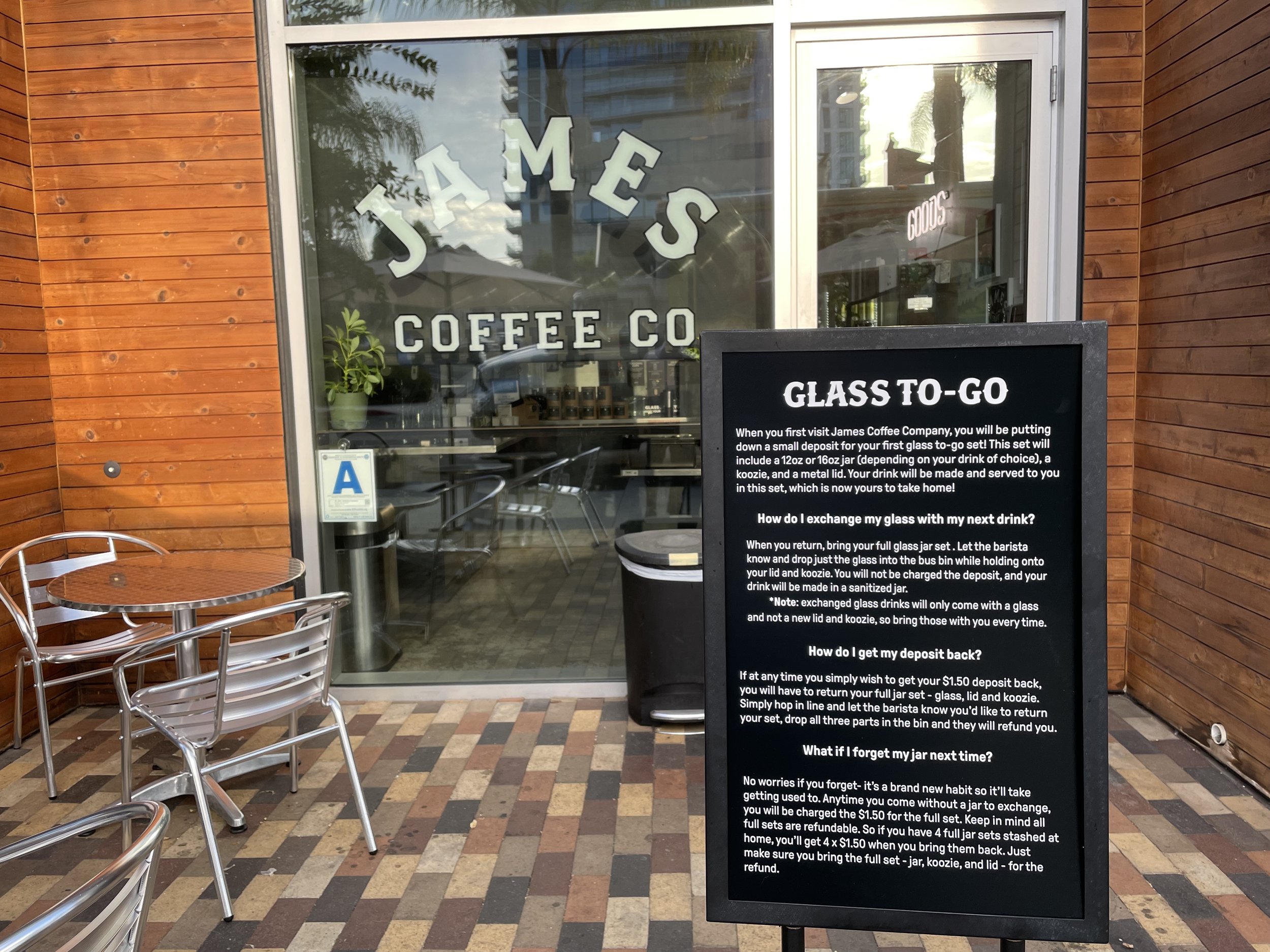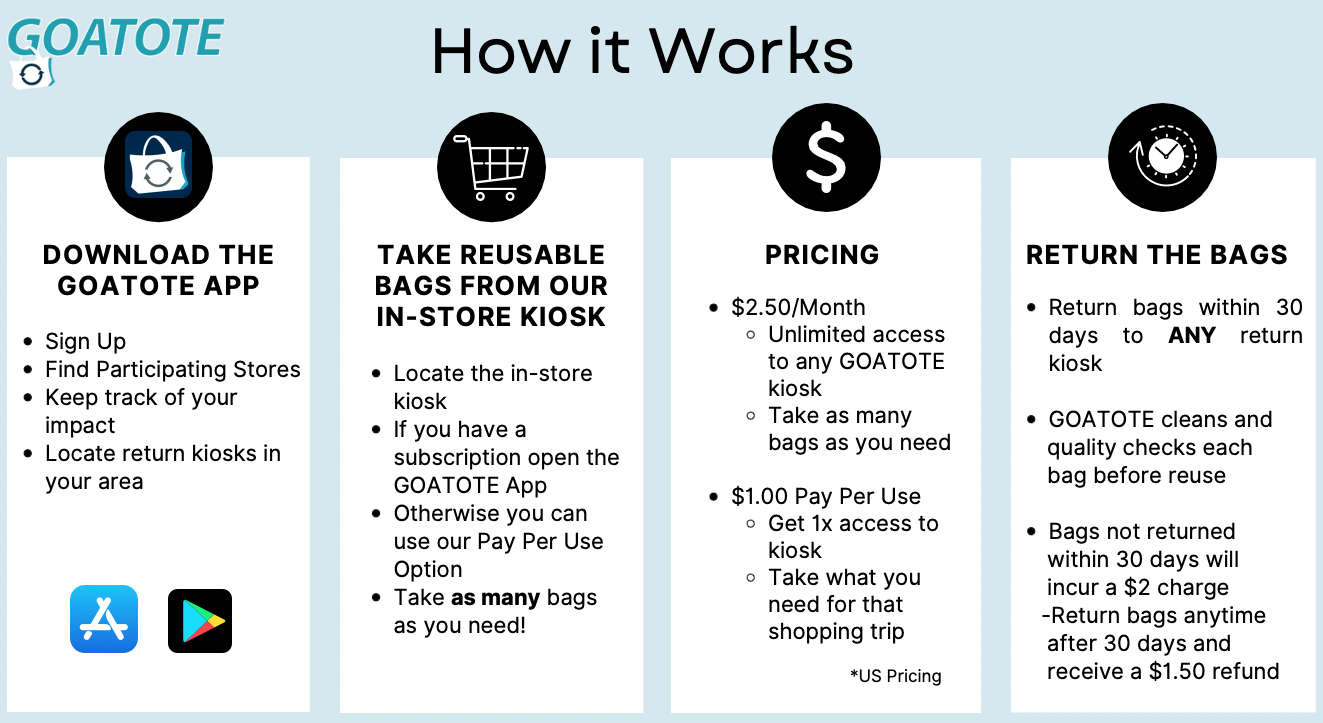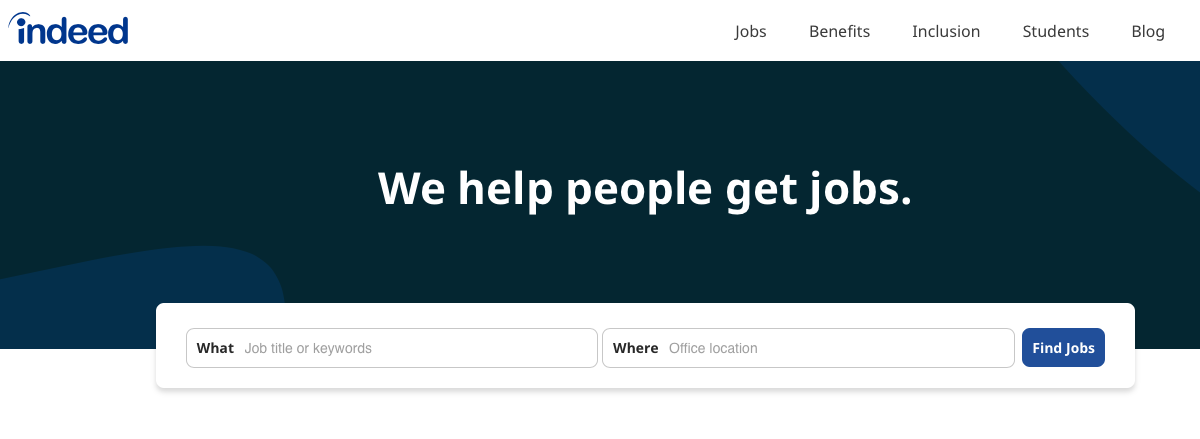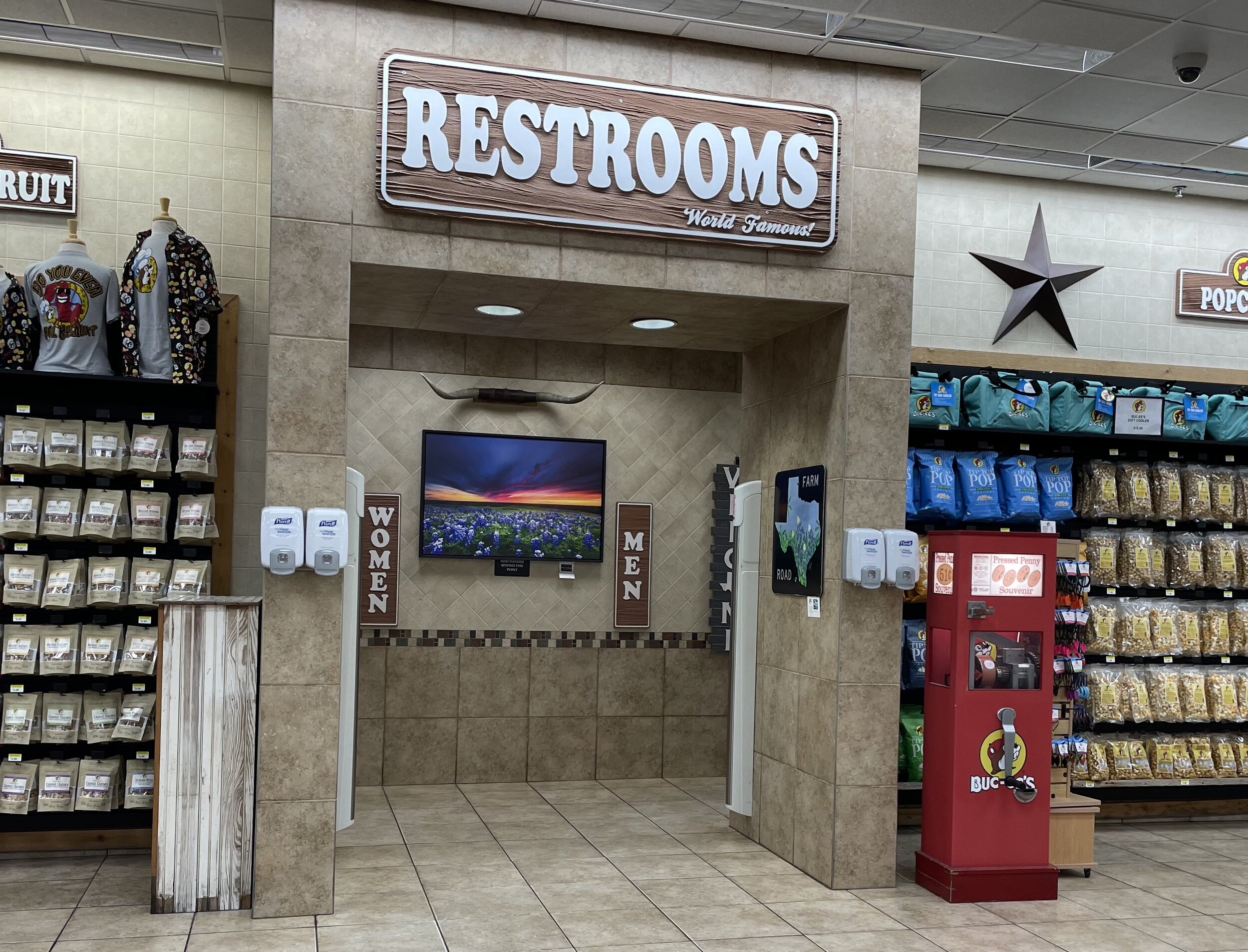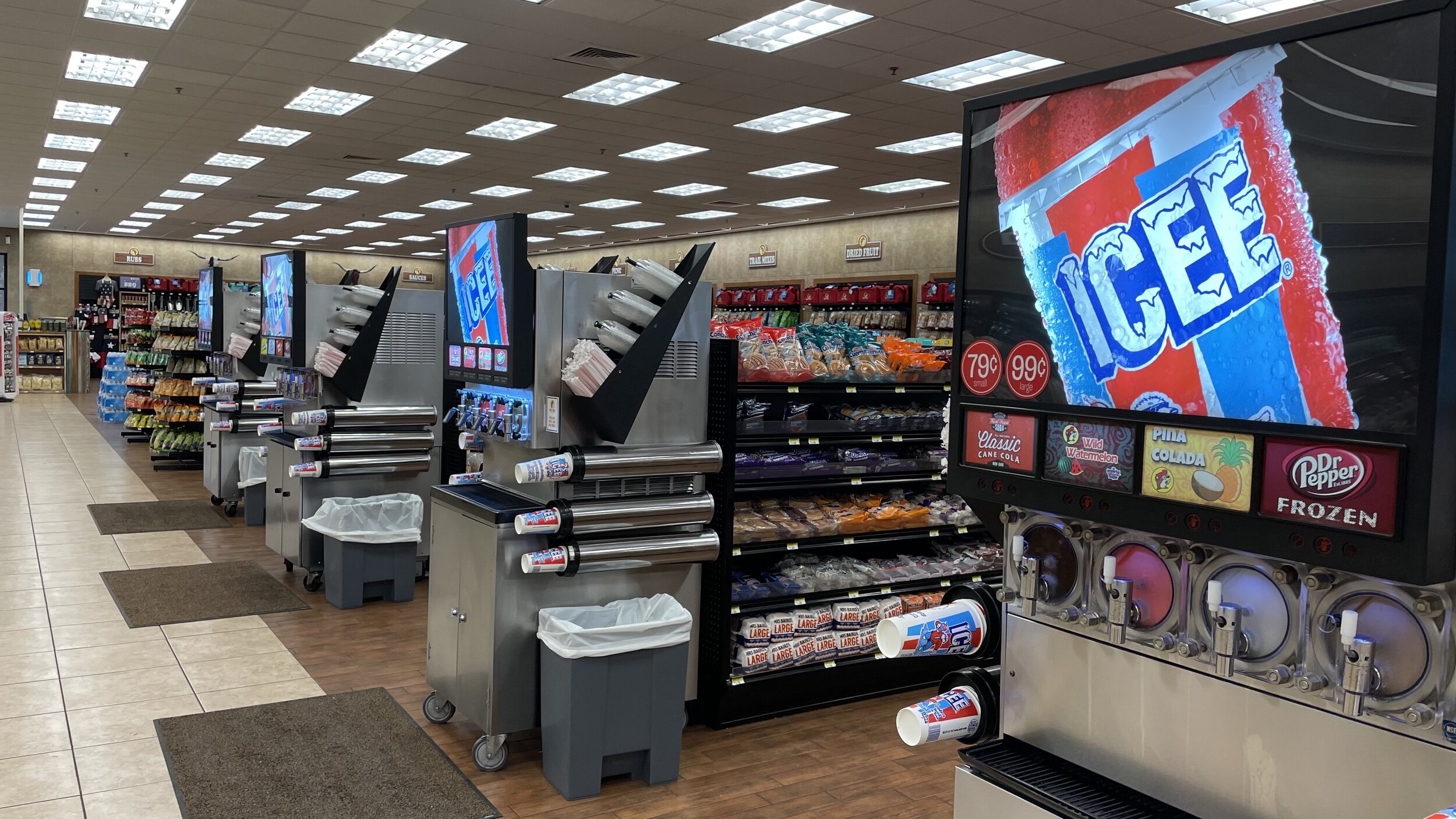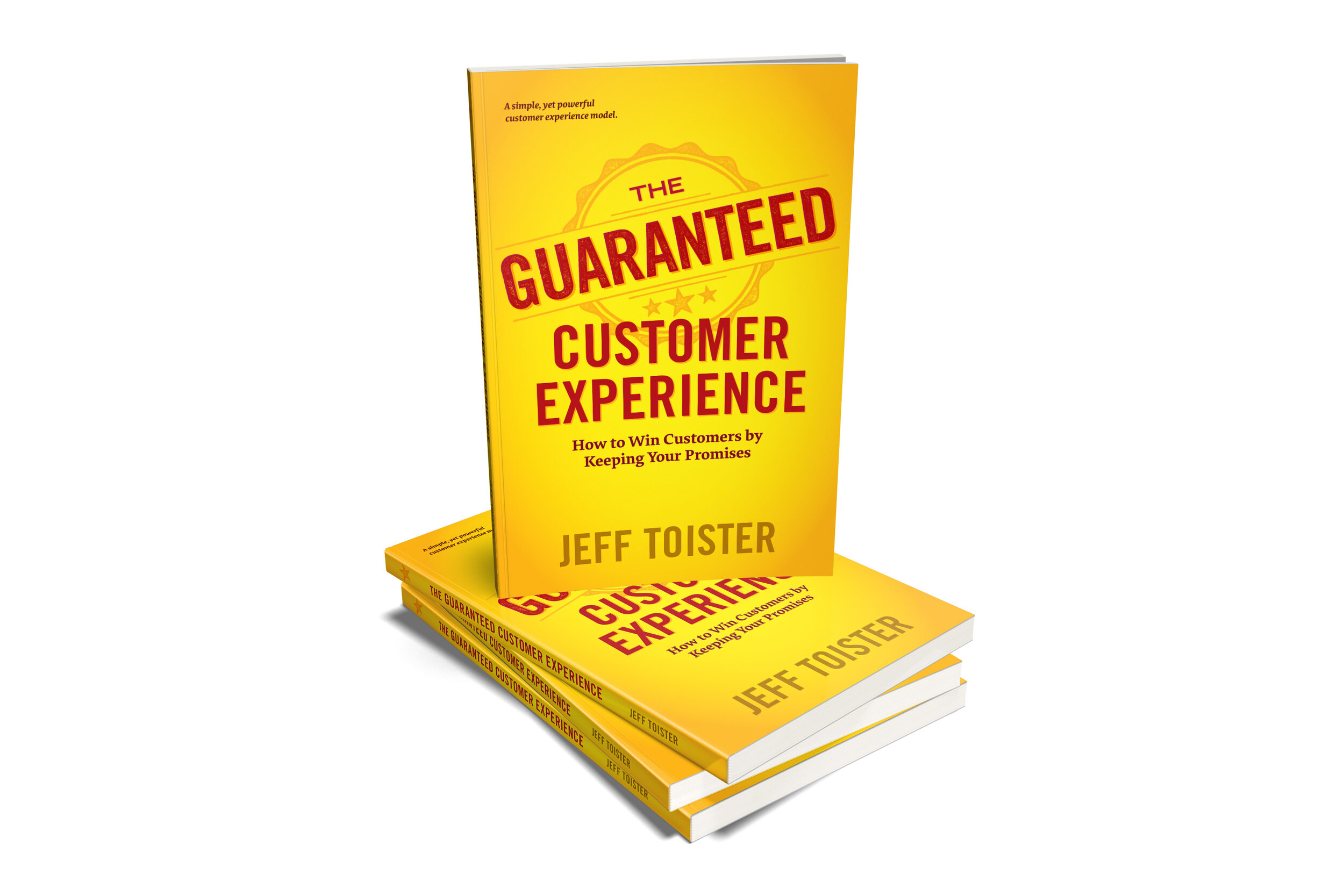Why are customers loyal to certain companies?
People buy from Amazon because is it consistently solves one problem quickly and conveniently: "I need to buy _____."
You can fill in the blank with nearly every product imaginable. Whatever it is, Amazon has made it as easy as possible to get it fast.
Starbucks has legions of loyal customers because it offers the most convenient way to get a caffeinated coffee drink. Just open the app, place your order, and it will be ready for you by the time you arrive.
In-N-Out Burger attracts customers in droves who want a delicious fast food burger and fries, promising "Quality you can taste." You can see your meal being made in the open kitchen with fresh ingredients.
All of these companies do one simple thing to win and retain their customers. They offer a guaranteed customer experience.
What is an experience guarantee?
Customers do businesses with companies they like and trust. An experience guarantee assures customers will have a consistent experience every time they do business with you.
Here's an excerpt from the book, The Guaranteed Customer Experience.
A typical guarantee makes a promise, such as how long a product will last without breaking, or that customers will be totally satisfied with their purchase. Behind the scenes, companies must work hard to keep those promises or risk losing both credibility and customers.
Guarantees often include a specific remedy in the event a promise isn't kept—such as refunding the customer's money or replacing a defective product. The remedy gives customers an extra amount of assurance and creates an additional financial incentive for companies to keep their promises.
The Guaranteed Customer Experience model applies the concept of a guarantee to the customer's overall experience.
You win customers by promising to solve a customer's problem, retain customers by making sure that promise is kept, and encourage unhappy customers to give you another chance by recovering from service failures.
Let's look back at Amazon, Starbucks, and In-N-Out to see how they use this concept.
Amazon promises orders will arrive by a certain time.
Starbucks promises a convenient cup of coffee.
In-N-Out promises high-quality fast food.
All three companies have earned their loyal customers by being remarkably consistent.
How do you create an experience guarantee?
Start by identifying the problem your customer is trying to solve. This is at the core of the Guaranteed Customer Experience model.
Armstrong Garden Centers doesn't focus on selling plants, though that's what they sell. They focus on solving a problem their customers care deeply about solving: growing a beautiful garden.
The company's brand promise speaks directly to that need: Gardening Without Guesswork.
Everything Armstrong does is focused on helping customers become better gardeners:
They only sell plants that grow well in the local environment.
Employees give expert gardening advice.
Classes and online tutorials are offered for even more assistance.
Think about the core problem your company solves for customers. One way to identify it is to listen for your customers' "I need to" statements.
What do they say they need to do when they do business with you?
Once you understand your customer's problem, you can create a guarantee to solve it that ensures your customer has a great experience.
An experience guarantee has three elements:
Promise: Win customers by promising to solve their problem.
Action: Earn trust by taking action to keep your promise.
Recovery: Restore trust through service recovery if a promise is ever broken.
You don't have to spell out all three elements for your customers, though you can. What's important is customers know that you promise to solve their problem and that you keep your promises.
Here are three more examples of businesses that earn loyal customers with an incredibly simple experience guarantee:
Road trip travelers want clean restrooms when they stop at a gas station. Buc-ee's wins repeat business by promising the world's cleanest restrooms.
Deli customers want fresh, great-tasting food. Elephants wins loyal customers by promising great local food from scratch.
Public transit customers want reliable transportation. TriMet earns riders’ trust by constantly monitoring its system and providing real-time updates.
Take Action
Here are two resources to help you win and retain customers with your own experience guarantee.
Workbook --> Download it for free
Book --> The Guaranteed Customer Experience is a guide to implementing this system.



